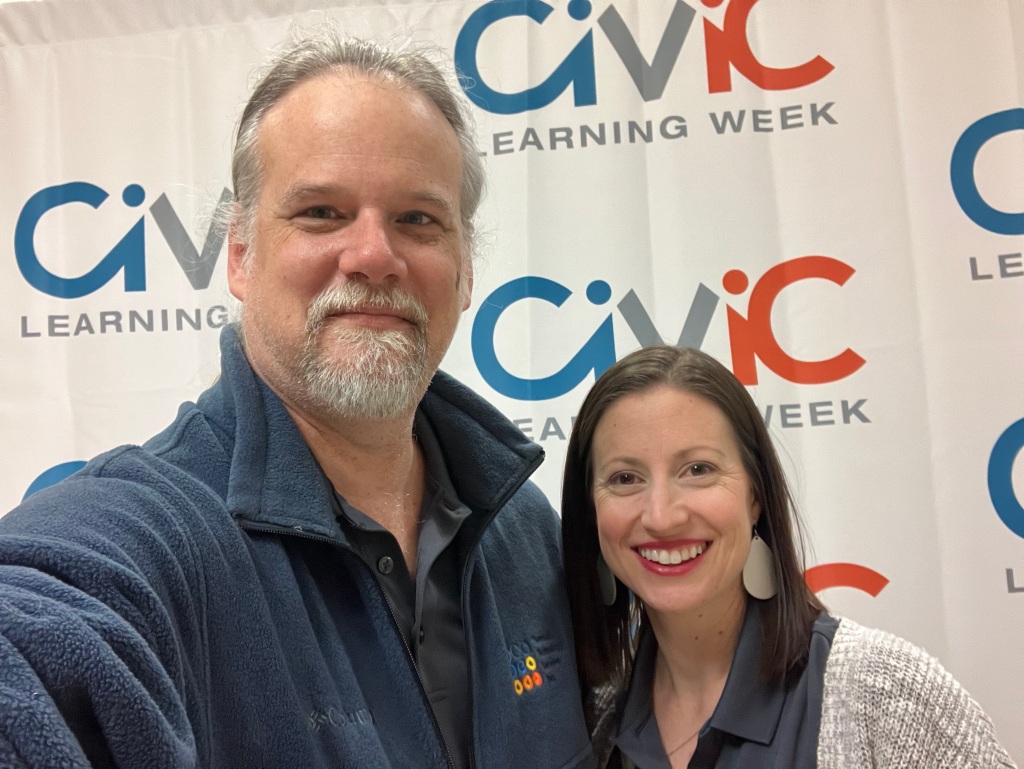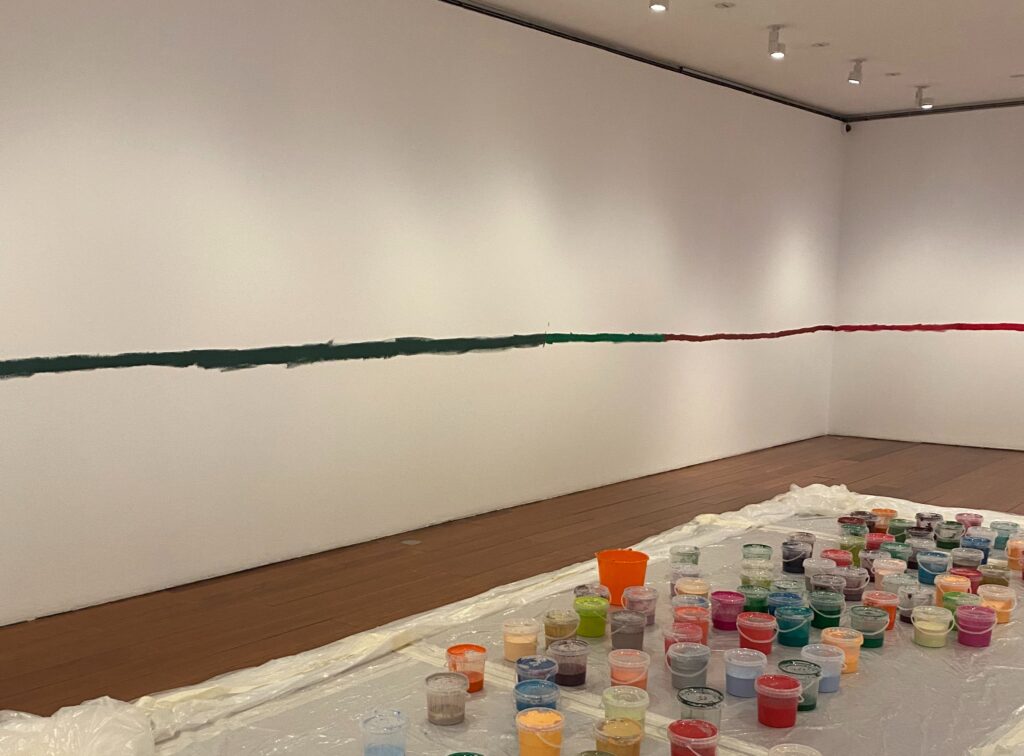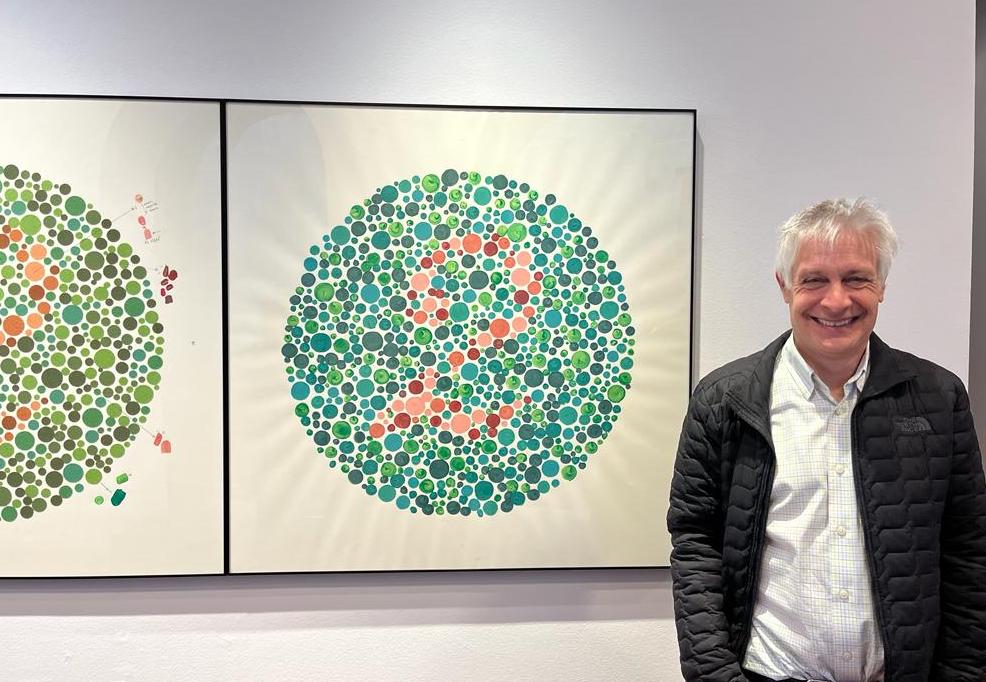Presumably, each person should hold a structured set of political opinions. For instance, if you want more government spending without any new taxes, you should be OK with deficits (unless you dispute that deficits will result). If you want a specific right for yourself, you should support the same right for other people, because fairness demands equal protection (unless another worthy principle overrides that conclusion). If you think individual liberty is a high priority, you should oppose censorship (unless you think restricting speech is necessary for a different reason). Each of your beliefs should predict several others, forming a tight network.
In the early 1960s, Philip Converse argued that most Americans’ beliefs were hardly structured at all (Converse 1964). Knowing what a person believed about x would not help you predict what that person believed about y.
Converse’s article has been cited more than 12,000 times and has generated a large literature. Some studies have confirmed his basic finding (e.g., Kinder & Kalmoe 2017). Some use different methods or datasets to challenge his conclusion by finding structure (e.g., Boutyline & Vaisey 2017 or Levine 2022). Some have contested Converse’s interpretation. For instance, maybe people are ambivalent about issues, holding views on both sides. A multiple-choice survey misses their ambivalence and gives a misleading impression that people are inconsistent when they really feel conflicted (Zaller & Feldman 1992).
There is also a line of research that finds that most Americans (Achen & Bartels 2016, p. 268; Sniderman 2017) and Europeans (Galina 2023) hold structured political beliefs, but their structures come from the leaders of their political parties.
It may not be self-evident what a conservative or a progressive party should think about each new topic, from COVID vaccination to Russia’s invasion of Ukraine to bailing out a bank in Silicon Valley. But parties do form views, and their voters generally follow suit. Most people’s lists of issue positions mirror those of their party’s leaders. A given person’s ideas may or may not cohere, but they probably correlate closely with the positions of that person’s party.
I do not think that this research settles the empirical issues. The reality is complicated, with many dynamics at work. There are methodological challenges, such as the limitations of surveys that I mentioned earlier. And it’s not completely clear what causes what. (Maybe party elites are affected by their grassroots members or by some third force, such as celebrities.) Nevertheless, I believe there is at least some important truth to the theory that parties organize people’s thinking for them–or, I should say, for us. As Paul Sniderman puts it, “parties organize the choice environment” for voters “and define what goes with what” (Sniderman 2017 p. 71).
How should we assess this situation? Is it good or bad, and does it require some kind of remedy?
One way to think about those questions is to choose a model for understanding political parties. Here are three, amongst others:
- Activists and leaders of political parties are highly interested in issues. Most people defer detailed consideration of issues to the leadership of their preferred party. That makes good sense, in the same way that it’s often wise to delegate a decision to a committee of passionate volunteers. Supporters of a party can assess its general direction and use “voice” (becoming involved in the party’s decisions) or “exit” (leaving the party or just voting for a different one), if they are dissatisfied (Hirshman 1970). Perhaps a given political system needs more voice–more participatory opportunities within each party–or more viable parties, so that voters can exit more easily. But we should not be worried by the general finding that people take their cues from party leaders. People are wisely delegating the nitty-gritty work of political analysis to those who enjoy it most. Voters are learning from the more extensive thinking of party leaders.
- Party leaders are politicians, defined as people who want and pursue political offices for themselves. They will choose positions on issues to improve their chances of winning. Their self-interest is not shared by ordinary people, who want good outcomes. Insofar as people take their cues from party leaders, they are being used as means to the politicians’ personal ends. In a better democracy, more of us would exhibit individual structures of ideas, and political leaders would have to cater to our views, not the reverse.
- Parties basically reflect social interests. In a given system, there may be a party for the farmers, for the urban middle classes, for the observant Catholics, and for a linguistic minority. In the USA, the electoral system forces the concatenation of interests into two umbrella parties, but they are basically coalitions of such interests. Therefore, voters will primarily seek a party that protects the interests that they consider most important (not necessarily material ones). However, a party must also take positions on many other issues. Leaders choose positions that maximize their party’s political appeal and leverage so that they can protect the voters’ core interests. Voters assess parties as tools for protecting their interests, and as long as they are basically satisfied with a given party, they will mimic its specific issue stances.
I think the truth is some mix of these ideas, depending on the political system. After all, countries differ in respect to how many parties they have, whether and to what degree their major parties are ideologically or demographically distinguished, whether coalitions are built inside parties or among them, whether parties exercise discipline over politicians, to what extent intellectual work is conducted inside the parties compared to other sectors of the society, and which kinds of people constitute the party “elites.” (In the USA, official members of the party committees are less influential than nominally nonpartisan pundits and celebrities.)
As usual, empirical evidence is relevant to our political judgments, but it is insufficient. What should we do if “parties organize the choice environment”? Sniderman clarifies the empirical literature and offers some important normative guidance. But his argument makes me want to think harder about how specific parties in specific political systems play their structuring roles and whether their approaches to choosing and combining positions are acceptable.
See also: Mapping Ideologies as Networks of Ideas; are Americans ‘innocent of ideology’?; what if people’s political opinions are very heterogeneous?; two theories of American political parties; social class inversion in the 2022 US elections, etc.
References: Achen, C. H., Bartels, L. M. (2016), Democracy for Realists: Why Elections Do Not Produce Responsive Government; Princeton University Press; Boutyline, A., & Vaisey, S. (2017), Belief network analysis: a relational approach to understanding the structure of attitudes, American journal of sociology, 122(5), 1371-1447; Converse, P.E. (2006) The nature of belief systems in mass publics, Critical review 18.1-3 (2006): 1-74; Kinder D.R. & Kalmoe, N.P. (2007), Neither liberal nor conservative: Ideological innocence in the American public, University of Chicago Press; Gallina, M (2023), Solving the (false) dilemma: an ecological approach to the study of opinion constraint,” Political studies; Hirschman, A. O. (1970), Exit, voice and loyalty: responses to decline in firms, organizations, and states (Cambridge, MA: Harvard University Press); Levine, P (2022), Mapping ideologies as networks of ideas, Journal of Political Ideologies: 1-28. Sniderman P.M. (2017), The Democratic Faith: Essays on Democratic Citizenship (New Haven, CT: Yale University Press), Zaller, J. & Feldman, S. (1992), A simple theory of the survey response: answering questions versus revealing preferences, American Journal of Political Science, 36:3: 579-616














